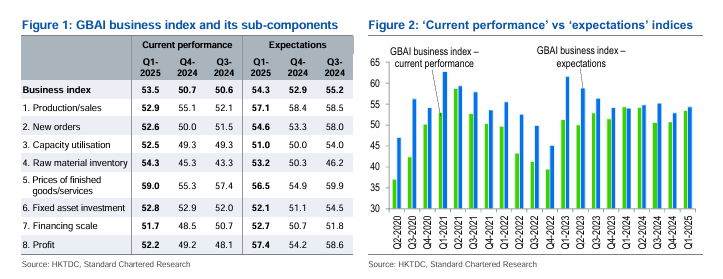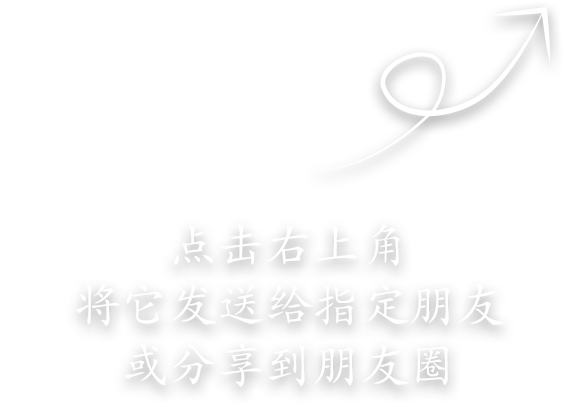China's National AI Strategy Gains Momentum: 60 Billion Yuan Fund and New Innovation Pilot Zones Launched
China is accelerating its AI-driven industrial transformation with a 60 billion yuan (approximately USD 8.2 billion) national AI fund, announced on April 18 by the Ministry of Industry and Information Technology (MIIT). This move underscores China’s commitment to becoming a global leader in AI development.
A Systematic Approach to AI Industrialization
At a press conference hosted by the State Council Information Office, Xie Shaofeng, Chief Engineer at MIIT, outlined key components of China’s AI strategy: a solid industrial foundation, rapid product innovation, application deployment, and ecosystem optimization.
“Recent breakthroughs, such as Deepseek, are sparking innovation across industries,” Xie said. “AI is now a catalyst for industrial change.”
China’s AI infrastructure spans four levels: foundational tech, AI frameworks, foundation models, and applications. With top-tier computing power and industry-specific datasets, China is making rapid progress, with domestic foundation models ranking high globally.
Rapid Product Iteration and Smart Devices
AI-powered products, from smartphones to robots, are becoming mainstream in China. Over 100 AI-integrated products have been introduced, including humanoid robots that are transitioning from stage performances to industrial tasks like assembly and logistics.
AI Applications Empowering Industry
AI is now embedded across industrial sectors such as electronics and raw materials. Notable success stories include:
A Beijing-based flat panel display company used AI to optimize production schedules, cutting planning time by 75%.
A Shenyang electronics firm leveraged AI for product design automation, boosting efficiency by 40%.
The MIIT’s “AI Deep Integration” initiative connects AI developers with manufacturers to foster industry-wide adoption.
The Rise of AI Innovation Pilot Zones
In an innovative policy move, China has established 11 AI innovation pilot zones—distinct from free trade zones—designed to experiment with AI technologies in real-world environments. These zones will drive regional AI development, with local governments and private firms collaborating to test AI policies, standards, and applications.
60 Billion Yuan AI Fund: Catalyzing Investment
The national AI fund aims to fast-track innovation by investing in high-priority areas such as general-purpose AI models and industrial AI applications. Over 400 "Little Giant" SMEs have already emerged, contributing to a diverse, competitive AI ecosystem.
Experts argue that China’s combination of state-led funding, pilot programs, and ecosystem cultivation creates a unique model for scaling AI innovation. “China’s approach integrates research, capital, and market demand, positioning it to lead in both AI applications and foundational technologies,” said Li Wei, a tech policy analyst.
Building the AI Ecosystem: Standards, Talent, and Governance
In addition to investment, MIIT is focusing on AI standardization, issuing national guidelines and setting up international standards. Open-source AI communities are also being fostered, and the government is prioritizing talent development and ethical governance.
What’s Next?
China’s 2025 government work report emphasizes the "AI+" initiative—integrating AI with manufacturing and market strengths. Future steps include:
Launching AI R&D competitions.
Commercializing AI terminals.
Identifying key industries and enterprises for nationwide AI deployment.
The government is encouraging long-term capital investment to support AI leaders and "Little Giants," ensuring China remains at the cutting edge of AI development.





















































First, please LoginComment After ~